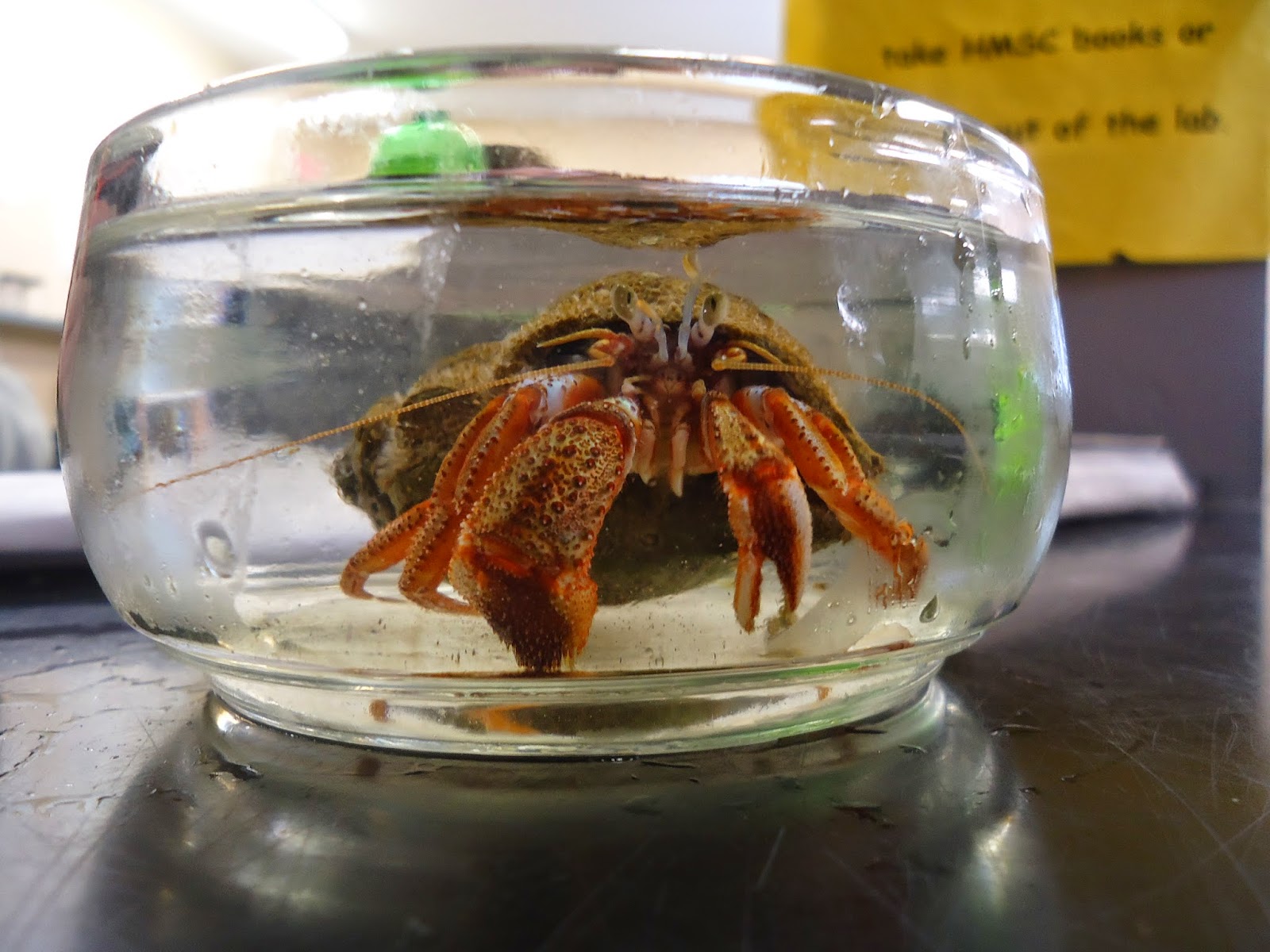Sea spiders (Nymphon stromi) from the subtidal zone.
Water flea in the plankton sample.
A copepod in the plankton sample.
These are eaten by North Atlantic Right Whales.
Northern rock barnacles (Balanus balamoides) found on the beach.
Crenate barnacles (Balanus crenatus) are a large barnacle found in the subtidal zone. In this picture they are releasing larvae.
An amphipod (Corophium volutator) found in the mud flats.
Sideswimmers (Gammarus sp.) are frequently found squiggling under seaweed and rocks on the beach.
Skeleton shrimp (Caprella sp.) can be found in great numbers on tunicates and sponges pulled from the bottom of the bay.
Skeleton shrimp on a sea star arm as seen through the microscope.
Armoured shrimp (Sclerocrangon boreas) come up in our scallop drags.
Boreal red shrimp (Pandalus sp.) collected in our fish trawls.
They are edible.
The iconic arthropod of the maritimes, the lobster (Homarus americanus).
Acadian hermit crabs (Pagurus acadianus) are a delight to find in our scallop drags.
The hairy hermit crab (Pagurus pubescens) is occasionally found in the bay.
The toad crab (Hyas araneus) is collected from the bottom by our scallop drag.
Rock crabs (Cancer irroratus) are a crab that is fished commercially.
European green crabs (Carcinus maenas) are an invasive species that have been in North America since the 1950s. They are the most commonly found crab on our beaches.

















No comments:
Post a Comment